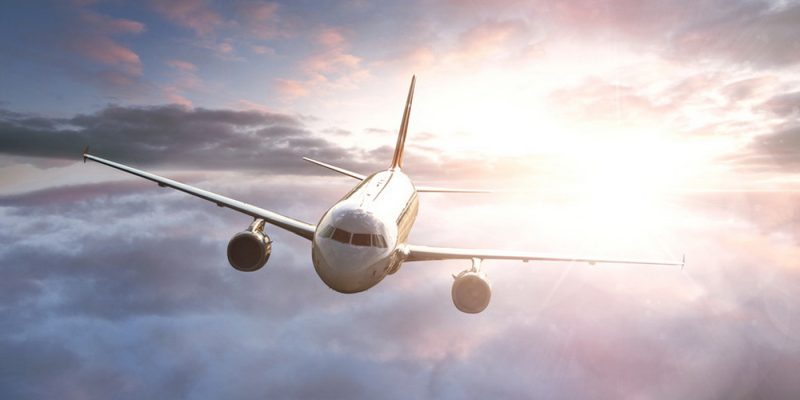Development project no N R10-0023-04 „System Transportu Małymi Samolotami – Analizy i Opracowania Modelu Transportowego (STMS)” (Small Aircraft Transport System – Analyses and Transport Model Elaboration (SATS)) was realized in the Institute of Aviation in the years 2008-2009. Institute of Aviation was coordinating the project, project partners were Warsaw University of Technology (Faculty of Transport) and The Warsaw School of Economics. In the Institute of Aviation, the work was carried out by Transport Systems Department in New Technologies Center.
The project goal was analysis of passenger flow in Poland on interregional routes, done mainly by personal cars and investigation of possibilities and sense of superseding cars on these routes with small aircraft transport.
The project continued the work on Small Aircraft Transport System (SATS), that begun with the EPATS project, focusing on Poland.
The work was divided into 8 thematic blocks:
- Review and analysis of socio-economic data of regions, transport infrastructure and interregional mobility.
- Comparison analysis of transport parameters of air and road vehicles and its impact on the environment.
- Comparison analysis of internal transport costs (incurred by the users)of air and road vehicles.
- Comparison analysis of external transport costs (incurred by the tax payers), generated by individual transport systems.
- Analysis of travel cost structure and factors influencing choice of transport mode.
- Elaboration of general requirements for SATS.
- Formulation of transport problem and its model.
- Synthesis and recommendations for Transport Development Strategy in Poland. Project results dissemination.
The results indicated that implementation of SATS in Poland makes sense. Furthermore, as alternative to car at distances between 250 and 1000 km, it can improve the goals indicators of balanced growth of transport strategy, both EU and Polish.
Completed comparison analyses and research indicated, that SATS is distinguished by:
- lower Energy (fuel) consumption per unit transport work (in pax km),
- saved time lost in car travel,
- lower exhaust gases pollution,
- lower construction materials consumption per unit transport work,
- decreased accident rate, including fatal, per passenger kilometer,
- lower external costs,
- lower detrimental impact on landscape and the Earth surface,
- less people subject to noise pollution.











